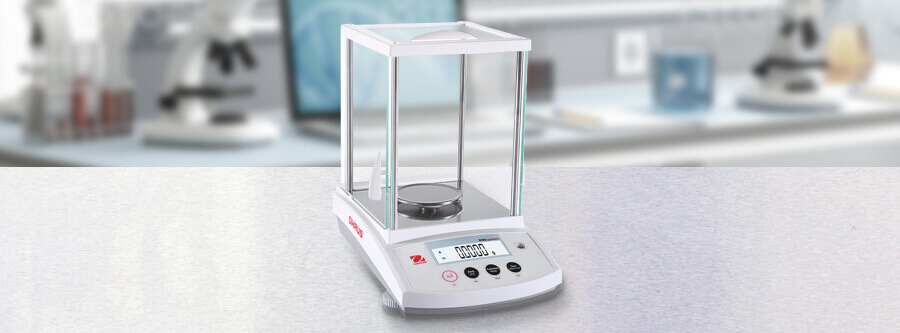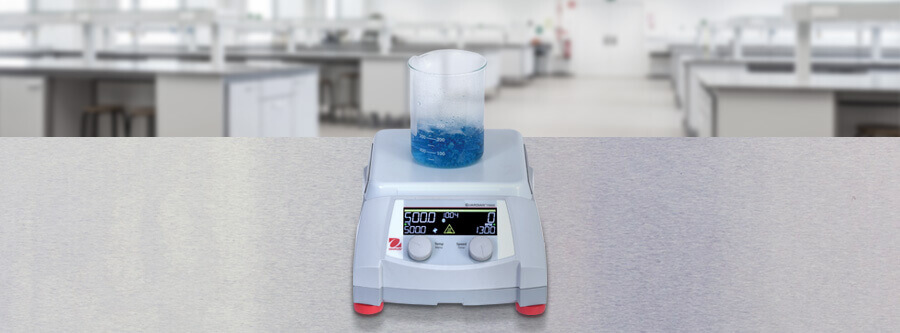
A science classroom is by its very nature a different animal altogether when compared with traditional classrooms. In most, a few desks, monitors, and a whiteboard are enough, with students needing little more than their laptops. But science demands hands-on attention, and an array of specialized equipment to ensure that projects are tackled safely and thoroughly.
Having a fully stocked science classroom will take the stress off of preparation and focus the class’ energy where it belongs – on being engaged and inspired by the projects at hand. And that focus has proven results. In 2019, a
Census Bureau study showed that women comprised just 27% of the STEM workforce, but 74% of middle school-aged girls have expressed interest in engineering, science, and math. Not to mention that science has taken a bigger role in all our lives of late. As Elizabeth Marincola, Senior Advisor for Communications and Advocacy at the
African Academy of Sciences, writes in in the
Journal of Translational Medicine, “As the pace of scientific research accelerates, the average citizen is faced increasingly with having to grapple with matters of science in his everyday life. Some of the country's most complicated and urgent public policy debates have at their center been questions of science.”
To help continue to open doors and expand the interest in STEM-related education and professions, it all has to start with a well-appointed classroom. Here’s how to get started….
1. Laboratory PPE Must Be On Hand
Safety is always the #1 priority in a lab setting, and it gains added importance when you’re in an educational setting with children or young adults.
A 2018 study published in the
Journal of Chemical Education found that 164 children and teachers have been injured in classroom demonstrations using flammable solvents since 1988. To help mitigate and prevent potential incidents, it’s vital to stock your science classroom with proper personal protection equipment, such as a functional eye wash station, fire extinguishers, and a fire coat. Students must have access to eye protection and gloves that fit well and provide adequate protection.
2. Precision Lab Balances
Having the right equipment means not just devices that can deliver precise data, but also those that help create an overall safe and efficient science classroom environment. Something like the
OHAUS PR Series Analytical Balance features a simple interface, and a user experience that doesn’t require existing knowledge of how to operate a balance. It’s intended to be beginner-friendly, which is always a benefit in an educational setting, but is sophisticated enough to be an effective educational aid for high school-level science students and beyond.

3. Equipment With Built-in Safety Features
In addition to being user-friendly for potential beginners, a well-equipped classroom should take advantage of instruments and devices that have built-in safety features that act as an extra set of eyes should the teacher be distracted or otherwise engaged. Although slightly more advanced for anything below college level, the
OHAUS Guardian 7000 is an example of an instrument powered by SmartPresence™ and SmartLink™ technology, that can ensure long- and short-range supervised lab operation, as well as having strong chemical- and heat-resistant construction that doesn’t overheat and cleans up easily.

4. Strong Glassware
Even tempered glass can become fragile if it has the slightest crack, so it’s important that test tubes, beakers, and flasks are properly stored, maintained, and checked. In addition to making sure your glassware is well made from the start, using proper
clamps and other support devices will help you avoid breakages and accidents.
5. Quality Microscopes
The right microscope will be easy to use, and offer functionality that can grow with the student as they progress through their education. There are a broad range of microscopes available - from beginner to advanced - that can provide precise sample analysis without succumbing to the rigors of the classroom. Look for microscopes that have sturdy construction, and magnification levels that will yield maximum results. Consider those that can magnify up to 2000x (and there are many affordable options here) to get the most out of the experience.
Interested in getting a quote for one of the OHAUS products mentioned in this article? Click the links below:
Request a Quote:
Guardian 7000
Request a Quote:
PR Series Analytical Balance
Request a Quote:
Labjaw clamps